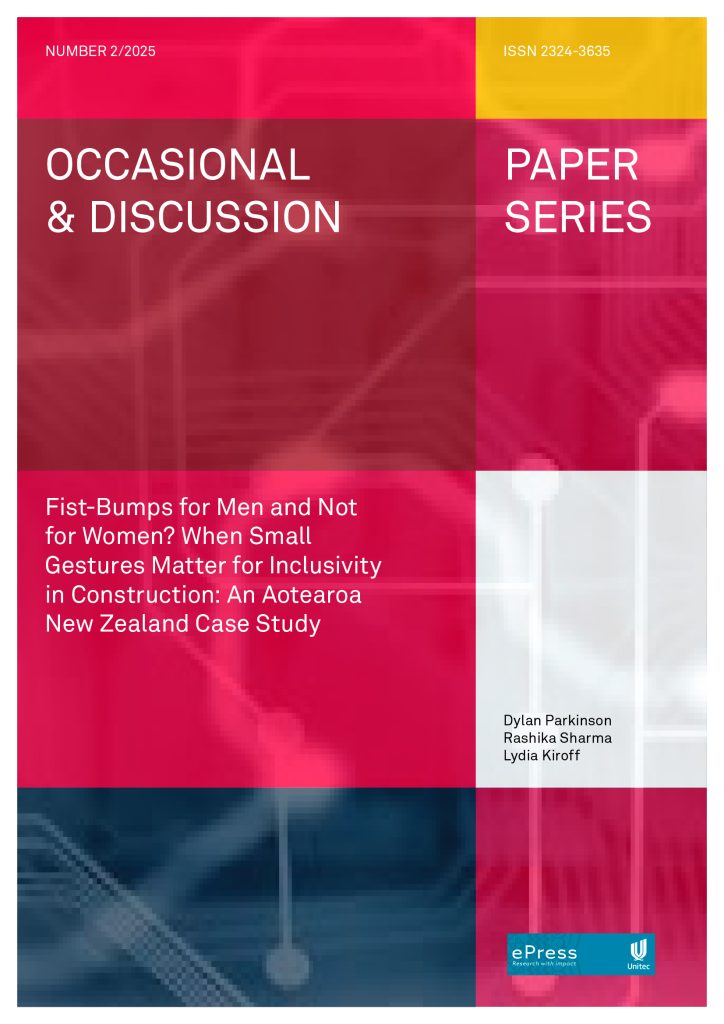Creating an inclusive workplace in construction is essential if gender diversity is to be achieved in the sector. Women continue to be underrepresented in the industry, and despite recent initiatives to increase their numbers, attracting and retaining women remains a constant challenge. The discriminatory work environment is the leading deterrent for women considering a career in construction. This research investigates existing barriers and enablers for women in the construction industry, and strategies that can contribute to creating inclusive environments. An explorative case study was conducted on a Tāmaki Makaurau Auckland-based construction company using in-depth semi-structured interviews and questionnaires with six female participants. Key barriers identified were women experiencing difficulty gaining respect from male colleagues, the expectation of physical strength for labour-intensive jobs, and social isolation for women on the job due to pre-existing informal male networks. Participants experienced unintentional or intentional everyday gestures at work that made them question their sense of belonging on construction sites and hindered workplace inclusivity. The findings suggest that a concerted effort must be made to shift the outdated mindset that construction is not a place for women. Furthermore, leaders should implement inclusivity initiatives and recognition for women when merited, and act as role models for others in the sector. Training modules and development programmes on equity and diversity need to be developed and promoted, and employee participation should be mandatory.
Parkinson, D., Sharma, R., & Kiroff, L. (2025). Fist-Bumps for Men and Not for Women? When Small Gestures Matter for Inclusivity in Construction: An Aotearoa New Zealand Case Study. Occasional and Discussion Paper 2/2025. ePress, Unitec.
https://doi.org/10.34074/ocds.113
Authors: Dylan Parkinson, Rashika Sharma and Lydia Kiroff
ISSN: 2324-3635
Published: 12.11.2025
